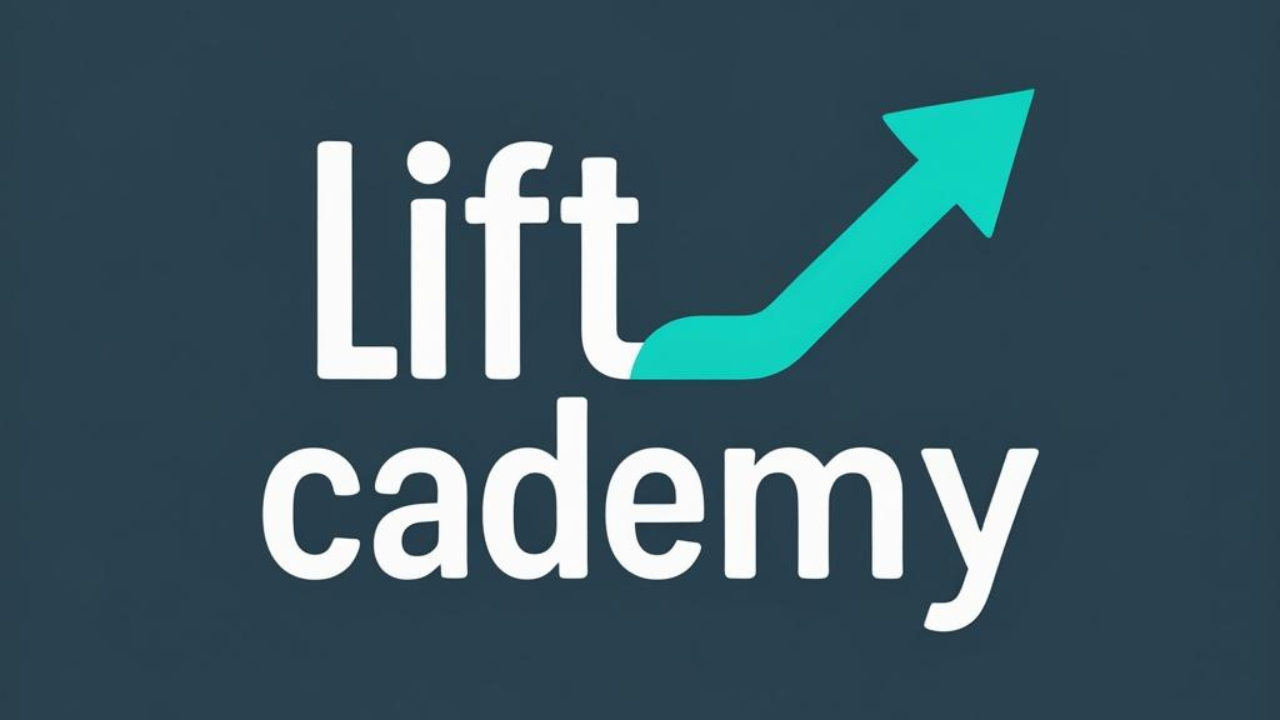Hi doctor,
Welcome to this lesson on cheek volumization — one of the most foundational treatments in aesthetic medicine. When done right, cheek filler doesn’t just restore volume — it lifts the midface, improves nasolabial folds, enhances facial harmony, and even supports the under-eye.
In this session, I’m walking you through how I inject the cheeks step by step — including patient selection, filler choice, anatomical landmarks, and safe technique. Let’s get into it.
🧠 First: Why Cheek Volume Matters
Loss of volume in the cheeks is one of the first signs of facial aging.
With age or weight loss, the malar fat pad descends, the bone resorbs, and the skin starts to sag — especially in the midface.
This doesn’t just make patients look tired. It also causes:
- Deepening of the nasolabial folds
- Hollowing under the eyes
- Loss of facial contour and lift
By restoring cheek volume, we lift the midface, restore balance, and often improve multiple areas at once.
✅ Who Needs Cheek Filler?
You’re looking for patients with:
- Flattened or sunken cheeks
- Sagging in the midface or nasolabial folds
- Hollow under-eyes (when tear trough correction alone isn’t enough)
- Facial imbalance — like flatness in the lateral cheek
Cheek filler is also great as a preventative or beautification treatment — especially for enhancing contour in younger patients.
💉 What Filler Do I Use?
Cheek filler needs to:
- Provide lift and projection
- Hold shape in a mobile area
- Last a good amount of time
- Integrate well into the tissue
So you want a high G-prime filler — one that’s firm and structural.
My go-to products:
- Restylane Lyft
- Juvéderm Voluma
- Teosyal Ultra Deep
- Radiesse (for advanced injectors — not reversible)
I usually avoid soft, watery fillers in this area unless I’m blending in the superficial layers for contouring.
✍️ Injection Techniques
There are two main areas to inject:
- Deep (on bone) for structure and lift
- Superficial (in fat pads) for contour or refinement
🔹 Cannula Technique (for blending or contour)
- Use a 25G or 22G cannula
- Entry point: near the zygomatic arch or lateral face, depending on approach
- Advance under the skin (subcutaneous plane)
- Use small threads or fanning technique
- Great for blending or adding lateral fullness without bruising
🔸 Needle Technique (for deep lift)
- Use a 27G needle
- Inject supraperiosteally — directly onto the bone
- Landmarks to target:
- Zygomatic arch
- Anterior cheek (malar eminence)
- Zygomatic buttress
- Inject small boluses (0.1–0.2 mL) at each point
- Massage gently if needed to mold the filler
Note: Avoid the infraorbital foramen — it’s around 1 cm below the orbital rim on the mid-pupillary line.
🔐 Volumes I Typically Use
- Mild correction: 0.5 mL per side
- Moderate correction: 1–1.2 mL per side
- Beautification / high cheekbone effect: depends on face shape and goals
Always start with less — especially in a first-time patient — and layer over time if needed.
🛑 Common Mistakes to Avoid
- ❌ Overfilling the medial cheek — makes the face look puffy or unnatural
- ❌ Going too superficial with a firm filler — causes lumpiness or visibility
- ❌ Ignoring facial proportions — overfilled cheeks can throw off the whole balance
- ❌ Using too much in one session — especially in older patients with lax skin
Take a “less is more” approach — subtle, structural correction always looks better and lasts longer.
📋 Post-Injection Care
Tell your patient:
- Swelling and mild bruising are normal for a few days
- Avoid sleeping on their face the first night
- No heat, exercise, or alcohol for 24–48 hours
- Results will settle in over 1–2 weeks
⚠️ Complications to Watch For
| Problem | Cause | Management |
|---|---|---|
| Bruising | Small vessel trauma | Ice, arnica, patience |
| Asymmetry | Volume difference or swelling | Touch-up at 2-week follow-up |
| Lumps | Superficial injection or poor placement | Gentle massage or dissolve (if HA) |
| Vascular compromise | Rare but possible |
Always aspirate when using a needle, and inject slowly.
👨⚕️ Final Thoughts
Cheek filler is a core part of facial rejuvenation. When done properly, it lifts the midface, enhances contour, and restores youth — all without overfilling.
Start deep, build structure, and always step back to assess facial proportions. A well-balanced cheek treatment can transform the entire face.
🎓 Want to See It in Action?
In my full online video course, I show:
- Live injection footage with both needle and cannula
- How I choose filler depending on the face
- Full cheek mapping techniques
- How I blend cheek treatment with tear trough or nasolabial fold correction
- My favorite entry points and safety routines
Everything is online — no hands-on training needed.
👉 Click below to join the full masterclass:
🔗 Enroll in the Cheek Filler Masterclass (Insert your Kajabi course link)
Let’s build beautiful, balanced faces — safely and skillfully.
Let me know if you’d like this turned into:
- A downloadable PDF for Kajabi students
- A structured video script
- Or split into lesson modules inside your Kajabi course dashboard.
I’m happy to help format it for your next upload.
